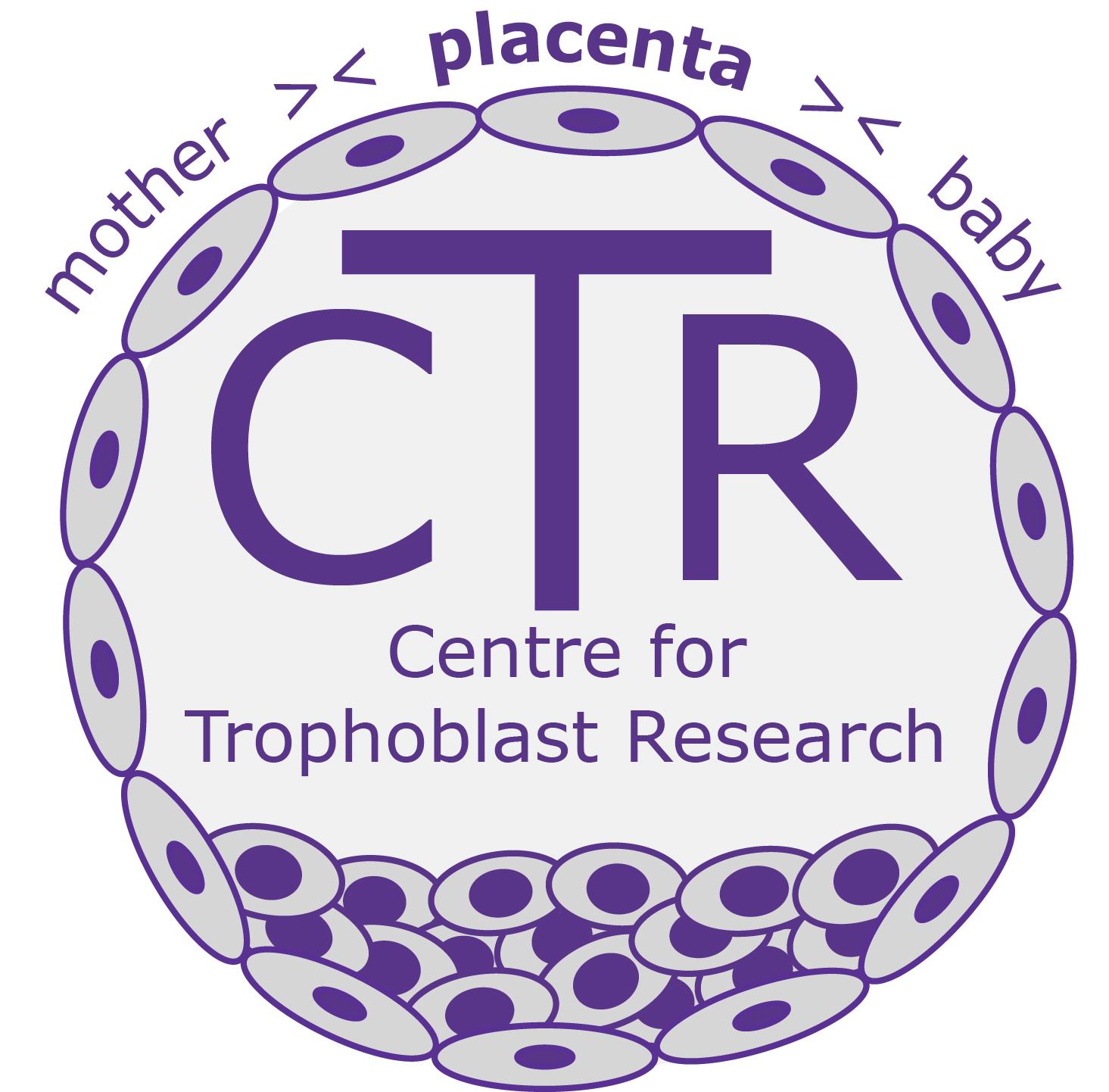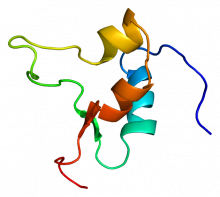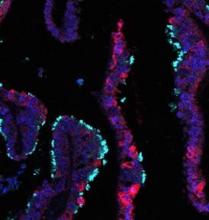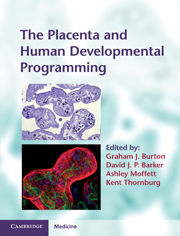
Submitted by Dr R. Inchingolo on Thu, 06/07/2017 - 10:42
This year marks the 10th Anniversary of the Centre for Trophoblast Research; here are some of its most important achievements.
Since its inception in 2007, the Centre for Trophoblast Research has been at the forefront of placental and pregnancy research. With over 30 principal investigators, Next Generation Fellows and independent research fellows, the Centre has achieved numerous milestones and scientific breakthroughs during its history. To celebrate the 10th Anniversary of CTR, we have selected 10 milestones representative of the impact and the vision of the Centre.
1. Epigenetic mechanims regulating mouse trophoblast lineage (2008)
Members of the CTR were responsible for the first demonstration of epigenetic mechanisms (methylation of Elf5) underlying differentiation of the trophoblast lineage in the mouse.
2. First ever workshop on placentology and developmental programming (2009)
The CTR organised an invited workshop meeting with Professor David Barker and colleagues that brought together the fields of placentology and developmental programming for the first time, leading to new insights into the placental origins of chronic disease. The proceedings were published in the book ‘The Placenta and Developmental Programming’.
3. First direct evidence that maternal-fetal immunological interactions at the placental interface are associated with pregnancy outcome (2010)
Certain combinations of HLA genes expressed by the invading trophoblast cells and KIR on the maternal uterine natural killer cells were found to be associated with an increased risk of miscarriage, growth restriction and pre-eclampsia, providing the first direct evidence that immune interactions affect pregnancy outcome.
 4. Epigenetic regulation of the placenta phenotype (2011)
4. Epigenetic regulation of the placenta phenotype (2011)
Elegant genetic manipulations of the Igf2 system provided novel evidence that the placental phenotype is responsive to signals reflecting maternal nutrient supply and fetal demands, and that the mechanism involves imprinted genes.
5. Launch of the Placental Biology Course (2012)
Aimed at graduate students and post-doctoral researchers, the course has proved highly popular and attracted delegates worldwide. Now in its 6th year, it has involved over 75 delegates from over 33 countries, and has a waiting list of applicants.
6. Folic acid deficiency can affect the health of later generations (2013)
A mutation in a gene necessary for the metabolism of folic acid not only impacts the immediate offspring but can also have detrimental health effects on the the great, great grandchildren.
7. Sub-types of pre-eclampsia discovered (2014)
Molecular pathology of the placenta was discovered to be distinctly different between cases of early- and late-onset pre-eclampsia, supporting the hypothesis that there are at least two sub-types of the syndrome, ‘placental’ and ‘maternal’ pre-eclampsia.
8. Start of the CTR DropSeq single cell sequencing project (2015)
This project utilises a microfluidic device to isolate RNA from single cells, allowing sequencing to be performed on large numbers of individual cells at low cost. The platform is being used to explore the transcriptional regulation of differentiation of murine trophoblast stem cells into sub-populations of trophoblast, as well as other projects involving different placental cell types.
9. First demonstration that an endocrine signal from the fetus alters maternal metabolism and resource allocation (2016)
The signal arises from the imprinted gene DLK1, and maternal circulating levels in the human distinguish between growth-restricted babies and those that are born small but healthy.
 10. Miniature ‘womb lining’ grown in lab reveals secrets of menstrual cycle and early pregnancy (2017)
10. Miniature ‘womb lining’ grown in lab reveals secrets of menstrual cycle and early pregnancy (2017)
CTR researchers succeeded in growing miniature functional models of the lining of the womb (uterus) in culture. These organoids, as they are known, could provide new insights into the early stages of pregnancy and also conditions such as endometriosis, a painful condition that affects as many as two million women in the UK.


